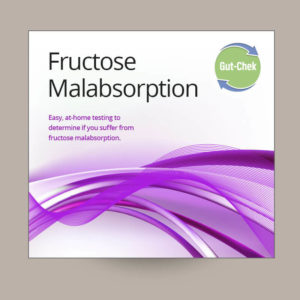Fructose malabsorption is the inability to absorb sufficient amounts of the sugar fructose. If you don’t absorb sufficient amounts of fructose, it passes into your large intestine (colon) and may cause diarrhea, flatulence (gas) and abdominal pain.
Gut-chek for fructose malabsorption checks how much of the fructose is not absorbed in your small intestine but passes through into your colon. Bacteria in your colon exposed to fructose forms hydrogen and methane gas. We detect hydrogen and methane gas in the breath that forms originally in your colon.
Gut-chek for fructose intolerance consists of four breath collections. One collection is before we give you 25 grams fructose. We measure hydrogen, methane and carbon dioxide gas in all four tubes by gas chromatography.
The carbon dioxide gas level allows us to check if (a) the breath sample is valid and (b) normalizes the results in case the breath collection is not perfect.
We compare the hydrogen and methane levels in the 1-, 2- and 3-hour breath samples to the baseline (0 minute) sample. If any of the post-fructose samples contain 20 parts per million (ppm) hydrogen and methane gas above the baseline sample, you have fructose malabsorption.



